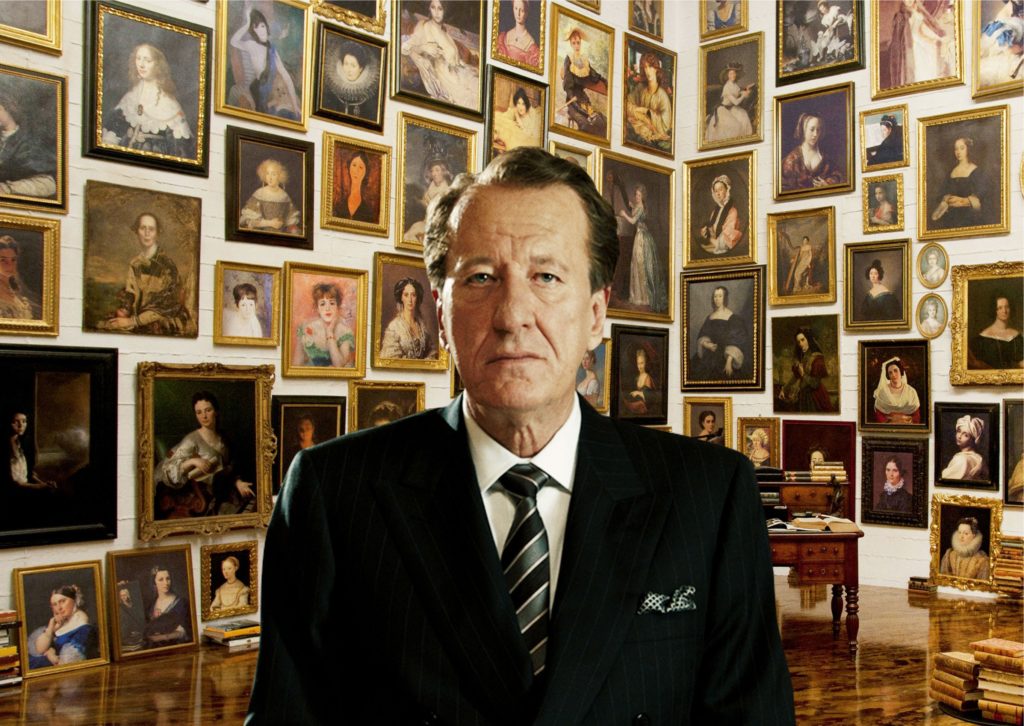THE PROFESSION OF A COLLECTOR
The art market is one of the investment areas most independent of economic factors. Whether it is a booming economy or a crisis, the art market has its own rules. The price of the facility depends on many factors, with one of the most important being the level of wealth of the society. What matters most here is the condition of the middle class – the larger it is, the more demand for art grows, and so does prices. In the valuation of a given work of art, we should pay particular attention to:
- The position of the author on the domestic and foreign art market
- Prices achieved for the artist’s works in recent years and whether we are dealing with an upward trend
- The authenticity of the works is confirmed by the Certificate of Authenticity
- The quality of the work and its state of preservation
- Time and place of creation
- The number of exhibitions at which a given work has been presented or its presence in a known collection
- The presence of the artist’s other works in museums and private collections
Representing the artist through well-known, reputable galleries
We can also see that the list here is long and it is impossible to say which of the above-mentioned points more influence the price of the artist’s works, and which less. There is also fashion; in a given period of time, investors are more likely to buy abstract paintings and figurative ones in the second.

One of the factors that has changed a lot in recent years is the market entry threshold, which has dropped significantly. Until recently, we had to have a wealthy wallet to dream of being a collector, but in recent years over 80% of objects sold at auctions have a price lower than $ 1500. It is more about the frequency of our purchases. Here, investors can be divided into three categories:
1.A collector is a person who buys art objects three to five times a year. When buying, he is often not motivated by the financial aspect, but the mere desire to have a given item in his collection. These are long-term, often intergenerational investments. The sale is rare, but always with a very large profit. Often, such collections are the beginning of a private gallery or become a deposit in museums.
2.The investor buys paintings two or three times a year. Each facility is thoroughly researched long before its purchase and has a developed financial plan. We expect an assumed annual rate of return here, eg 25%, and until this aspect is met, the work is not sold. The average period of keeping a work of art is 5-7 years. Sometimes, however, an investor creates a retirement plan out of his collection. In this case, the period of keeping the works of art is longer, and after some time, for example, one object per year is sold so that the investor can reap the rewards of the pension thus constructed.
3.The art dealer buys the paintings at least once a month and the investment approach is short term. It is typical to buy cheaply, occasionally and immediately look for a buyer for a given object. In the era of developed Internet, the art market operates 24 hours a day, 7 days a week. Among the dealerships we have many gallery owners who can be divided into two categories. Those who are graduates of art history but also promote the artists they represent. The second type of merchant is one that cooperates with the other party to the transaction, i.e. the customer. He is also very often an investor or collector.

It often happens that the adventure with the art market begins as an investor, then becomes a collector to finally set up your own gallery and become a dealer. For beginners, however, it is recommended to use the advice when buying their first objects.
The art market is quite complicated for novices and it is good to go to an experienced dealer or Art Advisor first, who will pay attention to the rules governing this market.